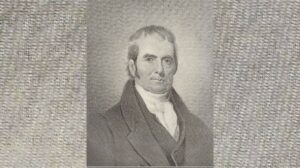Mr. Wilson Chinn, and the Power of Photography
This iconic photograph of Mr. Wilson Chinn shows him displaying a range of the “torture instruments” he experienced during his years as a slave. Across his forehead are the initials “VBM,” branded there by his last master. Around his neck is a metal collar designed to infringe on his ability to rest his head. A […]







